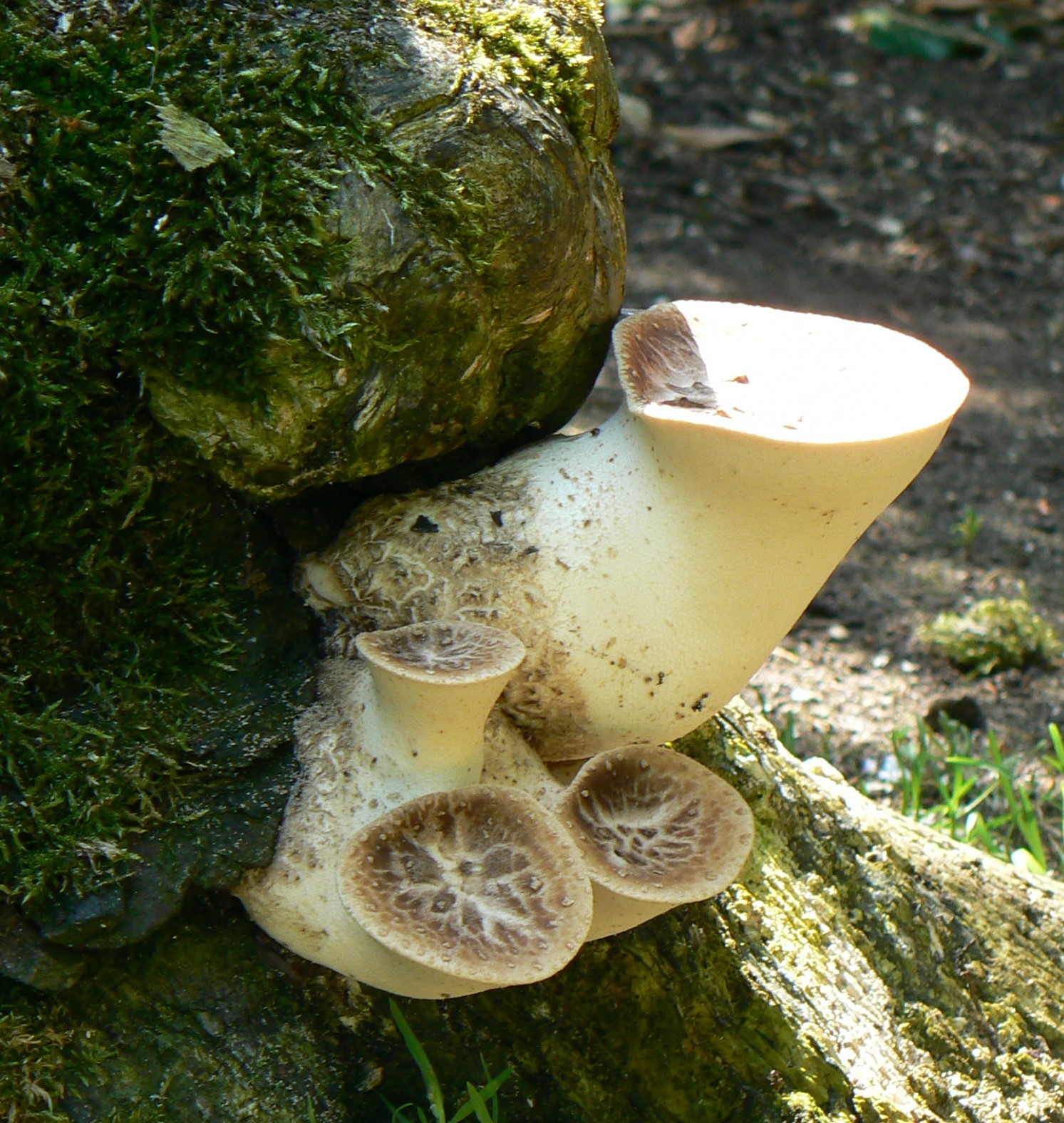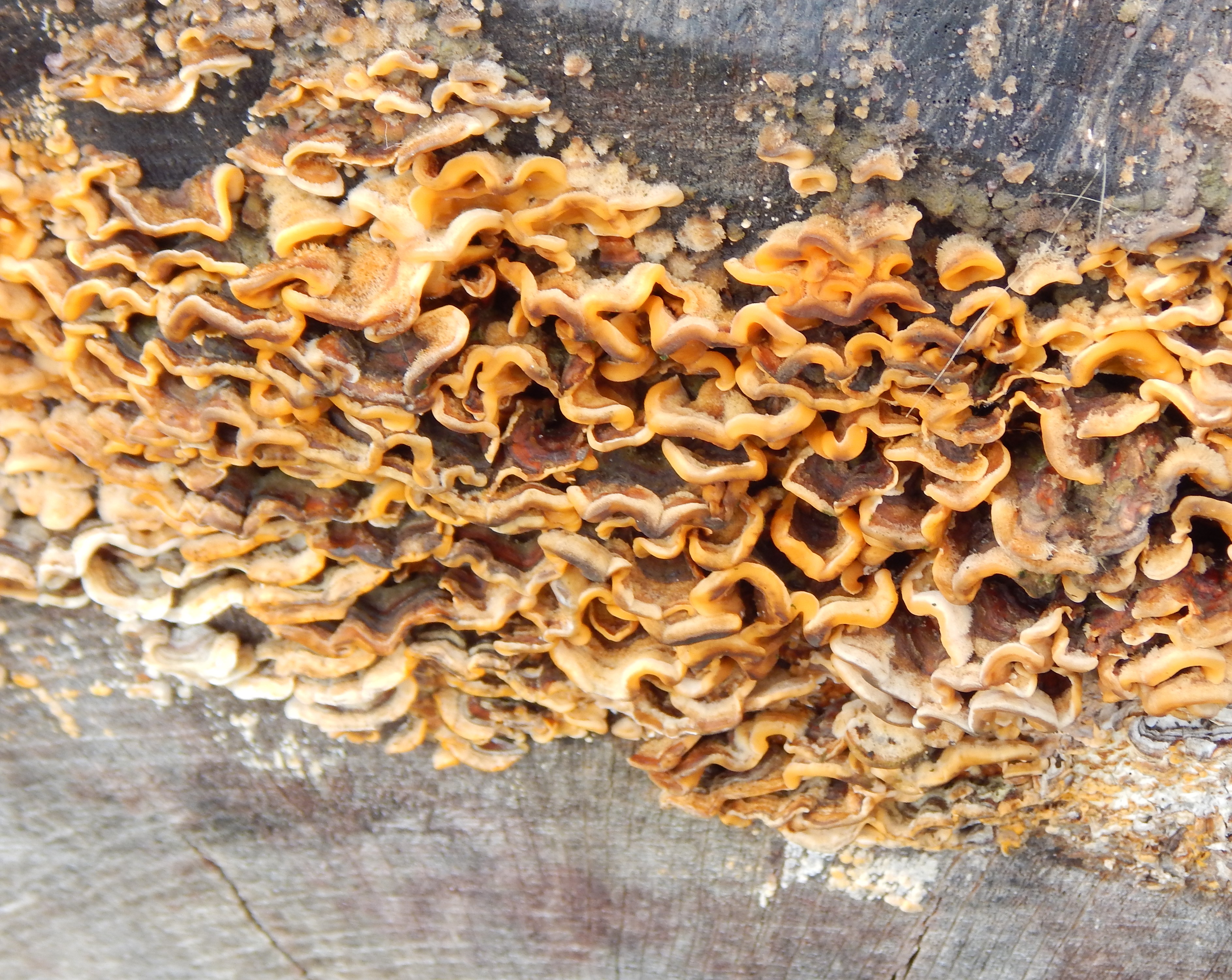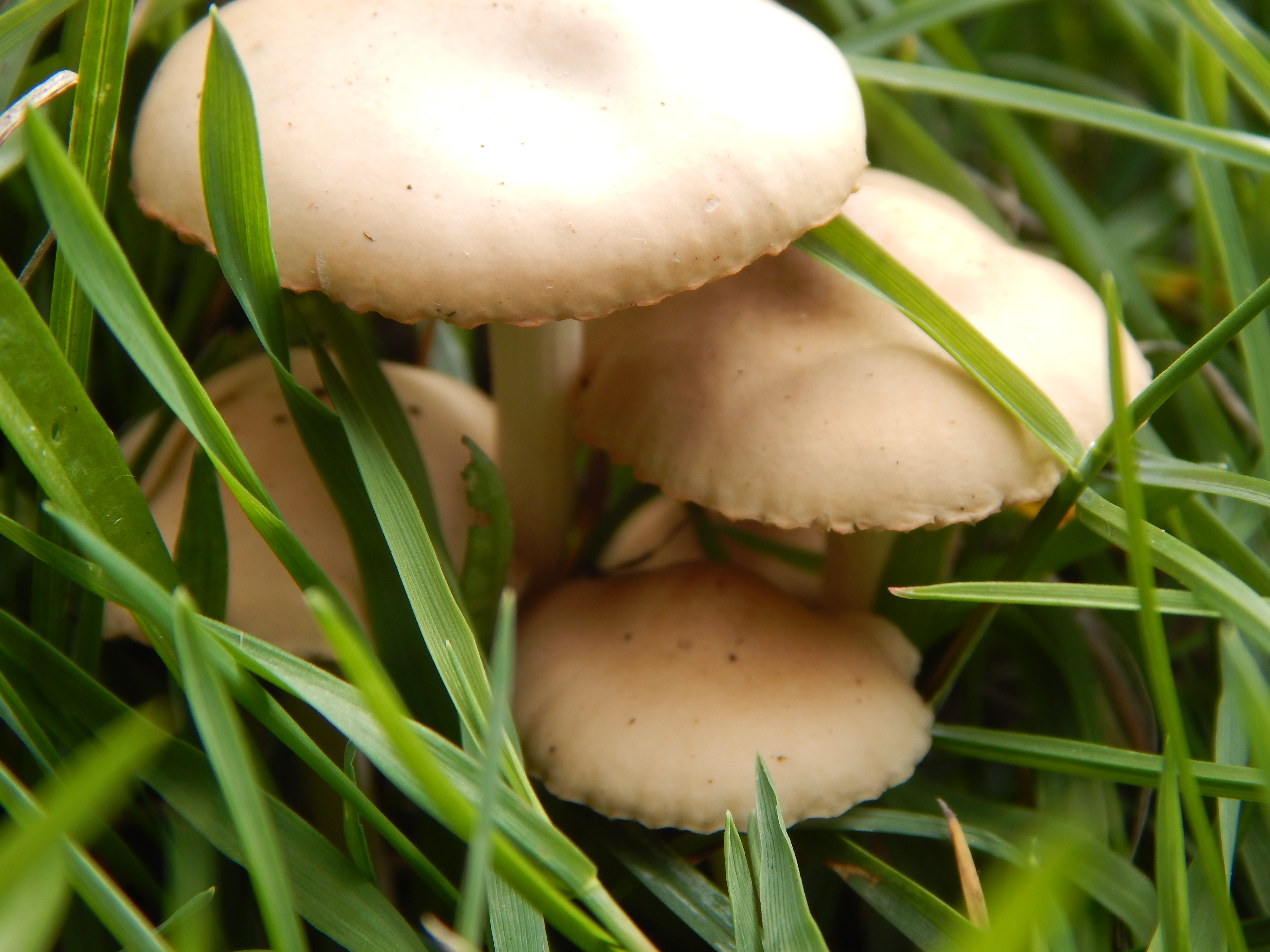[158] Ganoderma resinaceum

Introduction
Ganoderma resinaceum is a large bracket fungus found sometimes on living trees.
Taxonomy
Kingdom – Fungi
Phylum – Basidiomycota
Class – Agaricomycetes
Order – Polyporales
Family – Ganodermataceae
Genus – Ganoderma
Scientific Name – Ganoderma resinaceum
Name
As for many species, this fungus has no common name.
Ganoderma comes from Greek words ganos and derma, meaning shining skin. Resinaceum is a reference to the resinous hard-setting sticky liquid that comes from damaged fruitbodies.
If you have read the Page about Names, you will expect the two words to agree in their endings. Ganoderma looks feminine but it isn’t because it isn’t really Latin. It’s Latinised Greek and it’s neuter. Greek endings are a bit different. Derma is a neuter singular word in Greek with plural dermata. It has endings -ma for singular and -mata for plural – like stigma, stoma, dogma, enema and some others. [Only purists would use these plurals in English except for the very specific stigmata used in a religious context.]
Description
Ganoderma resinaceum is another bracket fungus like [073] Dryad’s saddle but has a smooth upper surface that gives it its name.


Habitat
Ganoderma resinaceum is common in some northern and central parts of Europe and is also found in Asia, North Africa, Australia and North and South America. It is rarely seen in the British Isles.
It is a parasitic fungus found on living [142] Beech and [291-2] Oak trees.
See also
For no particular reason (except to fill out an otherwise unexciting post) here are some more fungi that didn’t make it to other posts.
This is Tyromyces chioneus, White Cheese Polypore, another closely related bracket fungus, found on dead trees such as Birch [Ancient Greek tyros-miches means cheese-fungus, and chioneus means snowy].
The rest I will leave unidentified. Some look like Fairy Rings. (That narrow it down to about 500 species.)







